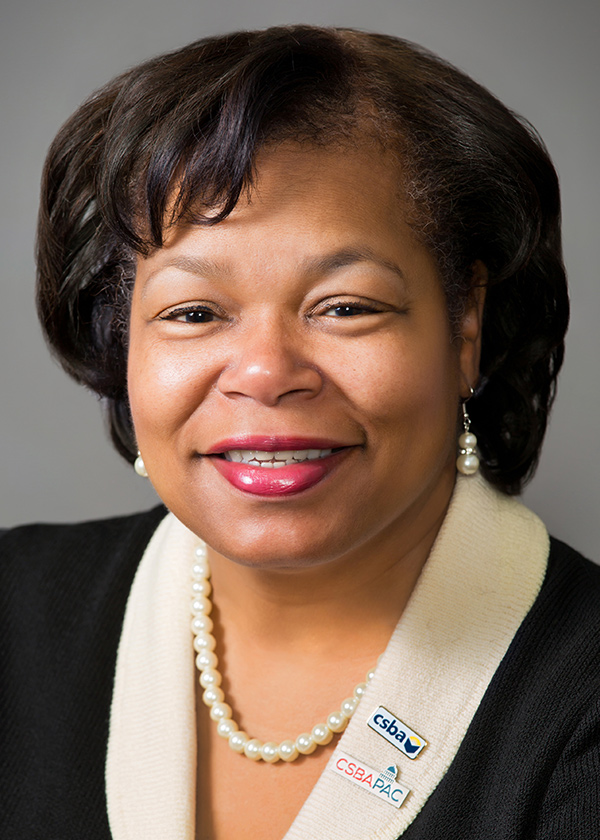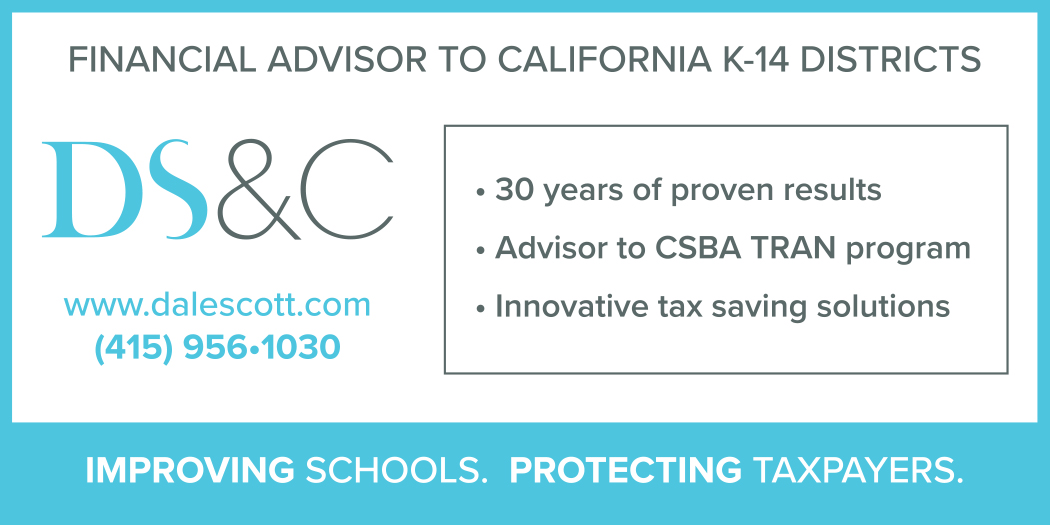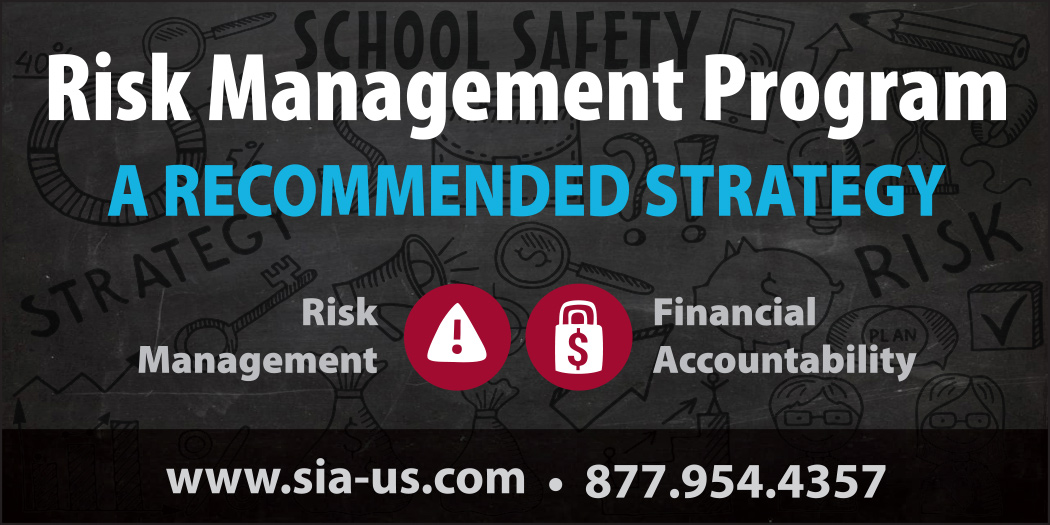

This stretch of time saw thousands of homes destroyed and more than a half-million acres burned. In addition to the billions of dollars in structural damage caused by the fires comes an inevitable loss of funding for schools in affected areas due to decreases in attendance, even if those declines are temporary. In response, CSBA is sponsoring Assembly Bill 2228, authored by Sonoma County legislator Jim Wood (D-Healdsburg), which will allow affected local educational agencies to recoup lost revenue. The bill provides that LEAs located within a county where a state of emergency was declared during the 2017 calendar year will be entitled to supplemental funding to cover the loss of average daily attendance funding if the LEA experienced an attributable material decrease in ADA.
- Visit www.csba.org/Newsroom for links to digital versions of current and past issues of California School News.



Troy Flint | tflint@csba.org
Managing Editor:
Kimberly Sellery | ksellery@csba.org
Marketing Director:
Serina Pruitt | spruitt@csba.org
Staff Writers and Contributors:
Hugh Biggar | hbiggar@csba.org
Aaron Davis | adavis@csba.org
Corrie Jacobs | cjacobs@csba.org
Graphic Design Manager:
Kerry Macklin | kmacklin@csba.org
Senior Graphic Designer:
Carmen Rodriguez | crodriguez@csba.org
Mike Walsh | Butte COE
President-elect:
Emma Turner | La Mesa-Spring Valley SD
Vice President:
Xilonin Cruz-Gonzalez | Azusa USD
Immediate Past President:
Susan Henry | Huntington Beach Union HSD
CEO & Executive Director:
Vernon M. Billy
News and feature items submitted for publication are edited for style and space as necessary.


We’ve all participated in a workplace meeting at some point where we found ourselves judging whether or not this meeting actually counts as a good use of our time. You know there’s information being shared, but you’re not quite sure why that information is being shared. Those types of conversations can fall into one of two areas: 1) low-value conversations where the subject matter has low urgency and low importance, and 2) distractions that have high urgency but low importance.


President
Butte COE

President-elect
La Mesa-Spring Valley SD

Vice President
Azusa USD

Immediate Past President
Huntington Beach Union HSD

Region 1
Fort Bragg USD

Region 2
Siskiyou COE
Despite having the sixth largest economy in the world and the highest gross domestic product of any state, California spends significantly less per pupil than almost every other state.

All four awardees supported CSBA’s 2017 sponsored legislation, voting in favor of Senate Bill 751, which amends the school district reserve cap; SB 527 (Galgiani, D-Stockton), which sought to strengthen state funding for home-to-school transportation; and Assembly Bill 1354 (Kiley, R-Roseville), which amends the California Education Code to eliminate obsolete and unnecessary programs.



With this risk in mind, Assembly Bill 1639 (Maienschein, R-San Diego) requires coaches of athletic activities to complete the sudden cardiac arrest prevention training course and retake the course every two years. Beginning July 1, 2019, a coach who does not comply with the training requirement will be suspended from coaching until the course is completed. The requirement applies to coaches of interscholastic athletics, cheerleading and noncompetitive cheerleading, club-sponsored sports activities and practices, and interscholastic practices and scrimmages (but not physical education classes).
Practical tips from our MIG faculty
Resource allocation and alignment: What encumbered funds have already been spent as planned, and which have not? Based on the program monitoring questions above, what budget alignment changes might the board want to explore?
Community input: In the event that changes to programs and services need to be explored, how can the community best be engaged to get their input? Do the community voices include parents and students who are affected by the services and programming that may shift?
Thinking through these guiding questions with an expressed intent of better serving the needs of the students in your district will ultimately help in creating thoughtful, board-level questions that are relevant and aligned in your local context.

“The Governor’s approach is reasonable but some specific proposals do not address root issues,” the LAO report concluded.
Gov. Brown’s budget for Proposition 98 spending includes $5 billion for K-12 funding, increasing per-student funding from $11,165 to $11,628 for 2018–19. That $5 billion would be used for a mix of ongoing and one-time initiatives to reduce the likelihood of programmatic cuts if a recession takes place. While the LAO approved of this approach, it expressed concern about “underlying problems” in the Local Control Funding Formula, district support, special education teacher shortages and career and technical education. The agency report suggested alternatives to address these issues in less costly ways than the proposals by Gov. Brown, stressing its role as an advisor to the Legislature.

This legislation does create a reimbursable state mandate to schools with one-time costs to install dispensers, along with annual reimbursable costs to keep the dispensers stocked. This bill will affect approximately 3,000 school sites. After full implementation, it is expected that school districts will file a mandate test claim for reimbursement of actual costs and for potential inclusion in the mandate block grant.
MIG Courses
MIG Courses
County Board Advanced Governance Workshop
2018 CSBA Training For Executive Assistants
MIG Course 5
2018 CSBA Training For Executive Assistants
Leadership Institute







